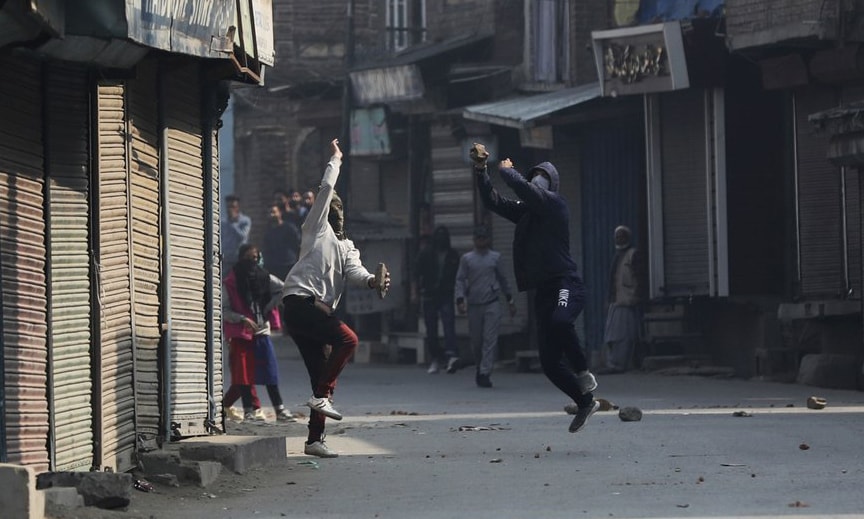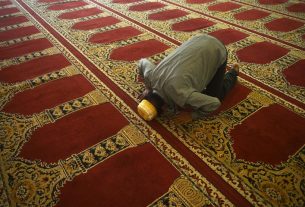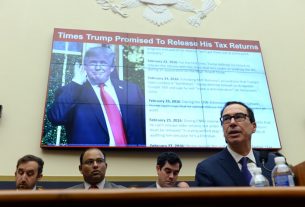India will formally split up occupied Jammu and Kashmir into two federal territories on Thursday, aiming to tighten its grip on the restive region that has been in the grip of a harsh security clampdown for nearly three months.
Street protests against the measures have erupted sporadically, while a dozen people have been killed in recent weeks.
Indian Prime Minister Narendra Modi’s Hindu nationalist government withdrew occupied Kashmir’s autonomy in August but in addition, it also announced its division into two territories to be directly ruled from New Delhi — one consisting of Jammu and Kashmir and the other the remote Buddhist enclave of Ladakh.
At the same time, it poured thousands of more troops into the Muslim-majority Kashmir valley where Kashmiris have been fighting against Indian rule for decades, and made sweeping arrests to prevent any outbreak of violence.
The government also imposed severe restrictions on travel and cut telephone and internet lines. Some measures have been scaled back but a security lockdown is still largely in place, and broadband and mobile internet connections remain unavailable to most Kashmiris.
Schools and colleges are empty and most shops, restaurants and hotels shut. Hundreds of people, including mainstream political leaders and those fighting for Kashmir’s secession from India, remain in custody for fear that they could whip up mass protests that have in the past turned violent.
Wajahat Habibullah, a former bureaucrat who served in occupied Kashmir and traveled to the region’s main city last month, said Kashmiris felt humiliated to lose their statehood.
“Whatever the attitude of [federal] governments in the past, they at least felt they had something of their own. Now, there is a kind of feeling of having lost whatever freedom they had,” he said.
On Tuesday, Indian officials said five construction workers who had come to work from eastern India were shot dead, adding that the killings appeared to be part of a campaign to deter outsiders from working in occupied Kashmir.
Crowds have also been gathering this week in the streets of Srinagar, the biggest city in occupied Kashmir, and elsewhere, throwing stones at security forces in protest against the continuing clampdown.
New territories
On Thursday, G.C. Murmu, a former bureaucrat from Modi’s home state of Gujarat, will be sworn in as the first lieutenant governor of the union territory of Jammu and Kashmir, the government said.
Another former civil servant, Radha Krishna Mathur, will take office as the lieutenant governor of Ladakh, the Buddhist-dominated high altitude region that has long sought to disentangle itself from Kashmir, on grounds that the turmoil there had hurt its own growth prospects.
The Modi administration is hoping to ramp up tourism and infrastructure investment in Ladakh, known for its snow capped peaks and rocky desert plateaus, and is also an area of dispute with China which lays claims to parts of it.



